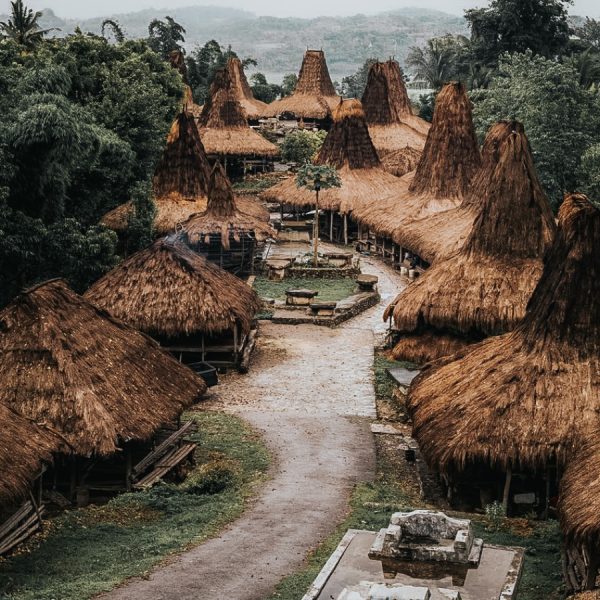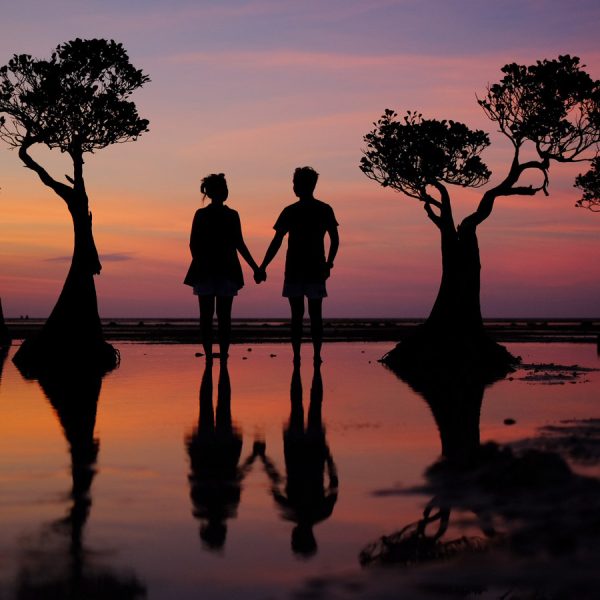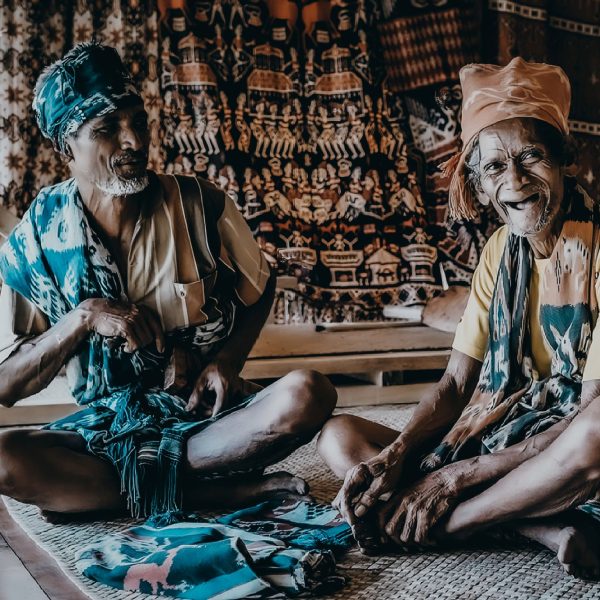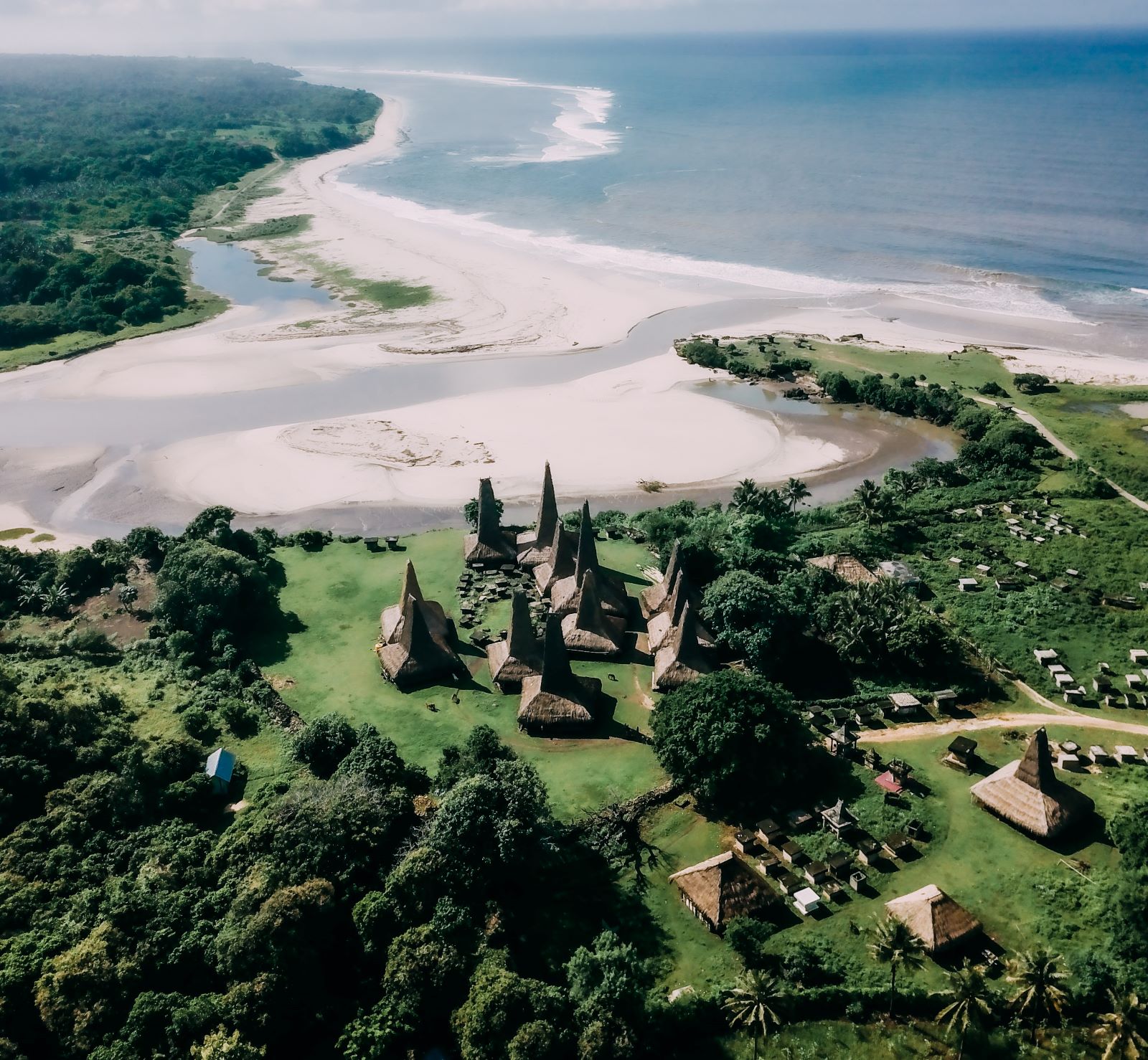The Ultimate Travel Guide of Sumba Island
The island of Sumba in Indonesia
Being a fairly large island among the group of islands in Nusa Tenggara Timur, Indonesia, Sumba Island has almost everything a traveler could wish for; pristine beaches, impressive waterfalls, endless hills, tropical lagoon, rural rice fields, ancient traditional culture and old ways which remain alive. Locally, Sumba Island also goes by the name Humba or Hubba, both means “real.” According to some sources, the island came to the surface of the water from the depths millions of years ago. Sumba island is currently located on the rim of a volcano’s ring of fire.
Main regions of Sumba island
Sumba island is divided into 4 administrative regencies; East Sumba, Central Sumba, West Sumba, and Southwest Sumba over its 11,059.6 km2 wide island.
Although some of the population of Sumbanese holds Christianity and Islam true, most of them are still practicing rituals and ceremonies around their animistic Marapu belief, which has been living there for as long as the Sumbanese can remember.
They have strong passion in maintaining a peaceful relationship with the ancestral spirits and the Marapu itself. With megalithic tombs found in almost every village, you will feel as if the time stays still here.
West Sumba island
West Sumba is part of the island consists of two regencies: West-Sumba and South-West-Sumba. They are home to almost 400,000 inhabitants. Although this area is smaller than East-Sumba, it does not necessarily mean there is less to explore.
On the contrary, there are plenty of beautiful traditional villages like Tarung – Waitabar and Ratenggero that are popularly recognized in Sumba. Waikabubak and Waitabula are the two modern cities in this area.
The west of Sumba is exotic, unspoiled, intriguing and absolutely stunning. Wander off the beaten track and explore the west of Sumba Island with us!
East Sumba island
This part of the island consists out of two regencies: East-Sumba and Central Sumba. The two regencies have similar natural features of hilly and dry landscapes which then result in beautiful savannahs. East Sumba is home to almost 300,000 people. Waingapu is the capital city for East Sumba, and it’s where all the modernity take place on this part of the island. But outside the city is what’s worth exploring.
Some of the beautiful things you can find in this area are Wairinding Hill where you can look miles away, Stunning Waterfalls – Waimarang and Tanggedu, or Tenau Hill where you can have a beautiful sunset. This part is also known to create the best Ikat in all of Indonesia. So, plenty to see and plenty to do!
History of Sumba island
Before colonization, Sumba Island was inhabited by several small ethnolinguistic groups, some of which may have had tributary relations to the Majapahit Empire. In 1522 the first ships from Europe arrived, and by 1866 Sumba belonged to the Dutch East Indies, although the island did not come under real Dutch administration until the twentieth century.
The Sumbanese people speak a variety of closely related Austronesian languages and have a mixture of Malay and Melanesian ancestry. Twenty-five to thirty percent of the population practices the animist Marapu religion. The remainder are Christian, a majority being Dutch Calvinist, but a substantial minority are Roman Catholic. A small number of Sunni Muslims can be found along the coastal areas.
Travel to Sumba Island
Among its many wonders in nature and traditions, Sumba Island is attached to a unique annual festival called Pasola. A special event of ‘war’ where spear-throwing horsemen from two groups battle against each other, a sacrifice made in exchange for good harvest.
Sumbanese “ikat,” a hand-woven textile is also recognized around the world.
With all of attractions the island has, Sumba Island is quite far in comparison with Bali in terms of tourism facilities and infrastructures. Basic accommodation, not many options of food, and lack of reception or internet as you enter more remote villages.
Most hotels have WIFI available, but as you go out, you will definitely need to buy a SIM card in order to stay connected, though that’s not all the time either. Despite its lack of developments, parts of the island now benefit from solar panels for power.
Some roads along the island may be rough, especially outside the cities or popular villages. But if you are able to endure them long enough, you will witness the island’s most amazing nature and cultural experiences that are definitely worth the while.
How to reach Sumba Island?
Sumba has two airports located in South West Sumba named Tambolaka Airport (airport code TMC) and the other one in East Sumba named Umbu Mehang Kunda Airport (WGP). Sumba can be reached by a direct flight from Bali (DPS), Kupang (KOE), and Ende (ENE), daily flight is available. There are 2 airlines operating this route at the moment, which are Nam Air and Wings Air.
Please check your trip starting/finish point before booking the flights.
What to do in Sumba Island?
Visit traditional villages with an ancient culture
Sumba is famous for its megalithic burial tradition practiced by the Sumbanese since ancient times. It is among a few places left on earth where you can find such unique type of burial. These tombs scattered all around the island, mostly in traditional villages, where its people believe in Marapu, an animistic belief, despite some of the become Christianized or Muslims.


Off the beaten track: discover secret places from the hand of our special guides!
Going almost everywhere on this island will make you wonder if you’ve lost somehow. Besides the cities, tourism isn’t developed properly in the villages, unfortunately (or fortunately). This makes most trips in Sumba are “off the beaten track” and you won’t be bothered with crowds. However, its basic accommodation and facilities definitely worth in exchange for amazingly new experiences. We will take you to different landscapes, hidden valleys, lush green forests, and endless savannas. Secret waterfalls and ancient villages.People living in these far and remote lands have their own unique culture and traditions which is another interesting feature of the off the beaten path treks where one gets to witness new culture and traditions.
Meet the local people and learn about their traditions
Enjoy some eye-opening experiences and interactive tour as you visit the ancient villages in Sumba. Meet the locals including the children with their cheeky smiles trying to get your attention. Get insights of their ancient culture and traditions that takes you back in time.


Help the community
We are in good cooperation with Sumba Hospitality Foundation by supporting them with bookings from our guests. By booking with us, you will take part in helping not only the foundation, but generally the whole tourism community in Sumba. The foundation trains young people to work in hospitality industry, which hopefully would better shape the tourism in Sumba.
Shot endless spectacular images
The limit is simply your imagination. Stunning sunsets on the pristine beaches, amazing cliffs, impressive waterfalls, hilly savannahs, and the warm people of Sumba. Our guides & drivers are photography lovers themselves so they can tell you how to get the best picture at the right time.


Capture the birds with your lenses
With almost 200 bird species and seven of them being endemic to the island and the ones nearby, Sumba can be a must-visit sanctuary for birds lovers. The endemic birds include four vulnerable species; the secretive Sumba boobook owl, Sumba buttonquail, red-naped fruit-dove and Sumba hornbill as well as three more common species: The Sumba green pigeon, Sumba flycatcher, and apricot-breasted sunbird.
![Sumba Island Travel Indonesia | SUMBA island in Indonesia 🌴 The Ultimate TRAVEL Guide [2023]](https://exploresumba.com/wp-content/uploads/2022/05/cropped-cropped-cropped-Explore-Sumba-island-Logo-scaled-2.jpg)









